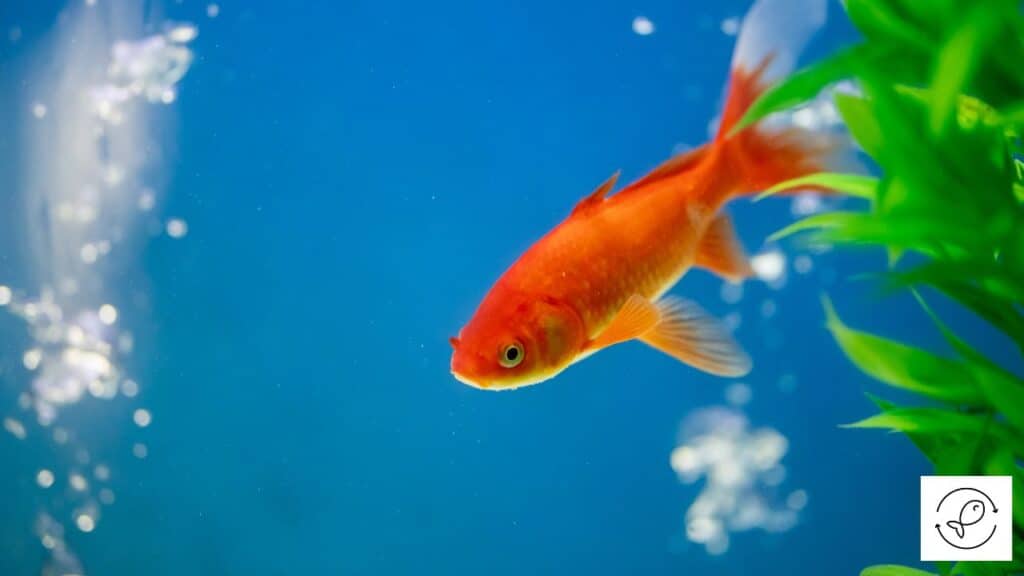Aquariums often have various invertebrates, such as shrimp and snails.
However, hitchhiker snails are known to reproduce quickly and damage the aquarium ecosystem.
Fortunately, several fish species will happily eat these pest snails and their eggs but not the shrimp.
Given below are fish species that eat snails but not shrimp.
African Cichlids
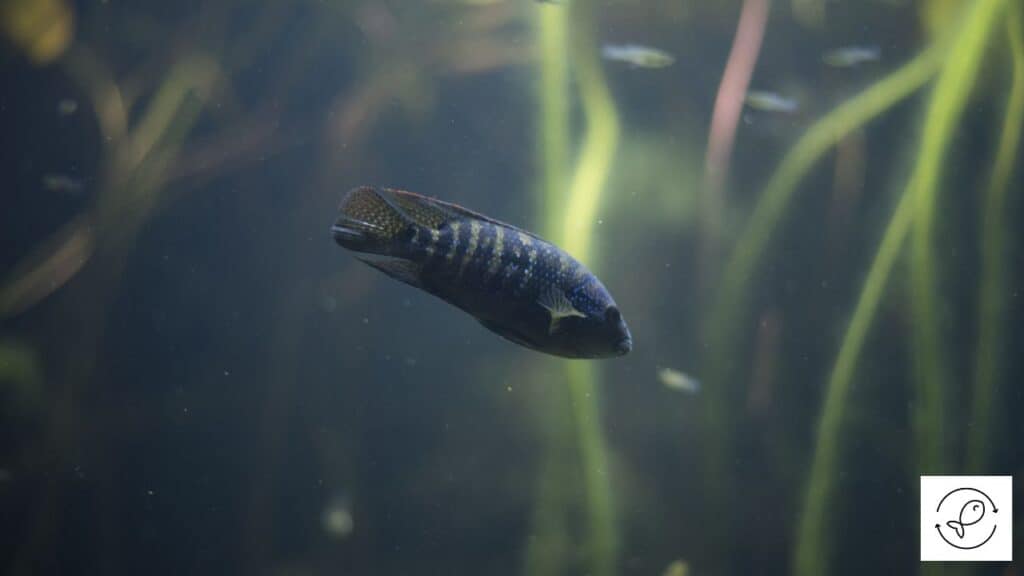
African cichlids are the most popular variety of cichlids found in the aquarium trade globally.
These fish inhabit the freshwater lakes of Africa, such as Lake Malawi, Lake Victoria, and Lake Tanganyika.
Cichlids are a large family of fish that includes many species that are good at eliminating snails.
Some species are more aggressive than others and can eat small shrimp if they get a chance.
However, aquarium plants like anubias, java fern, and java moss can provide adequate shelter for shrimp and help the cichlids and shrimp to coexist.
Bala Shark
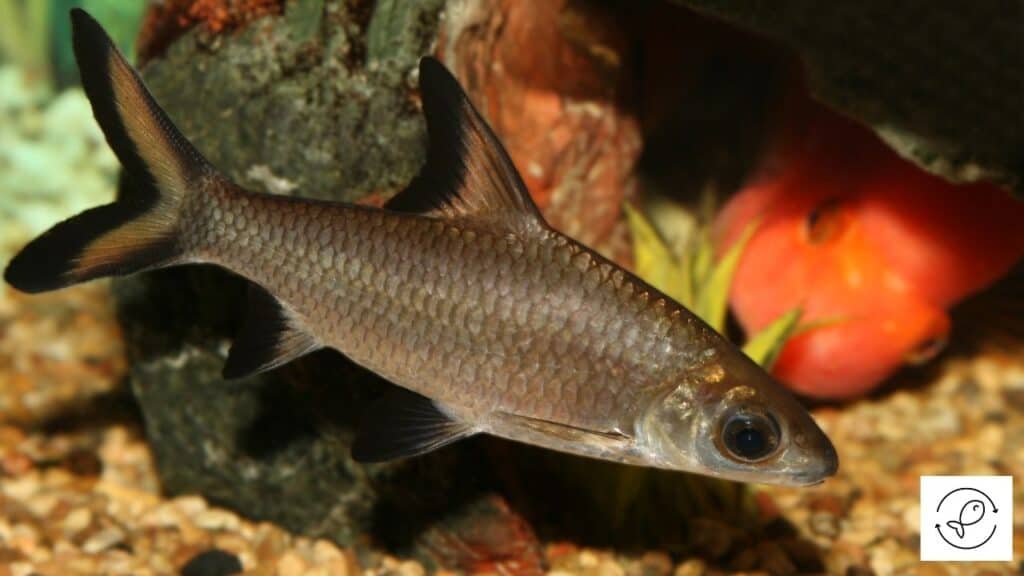
Bala shark is a freshwater fish that lives in the deep waters of rivers and lakes in Southeast Asia, namely the Malay Peninsula, Borneo, and Sumatra.
Bala sharks are omnivores and happily devour any organism that fits their mouths, including snails.
These fish are social and peaceful in behavior. Feed them adequately, and they will not go after the shrimp in the tank.
In addition, provide adequate cover for your aquarium shrimp by keeping aquatic plants.
Dwarf Loach
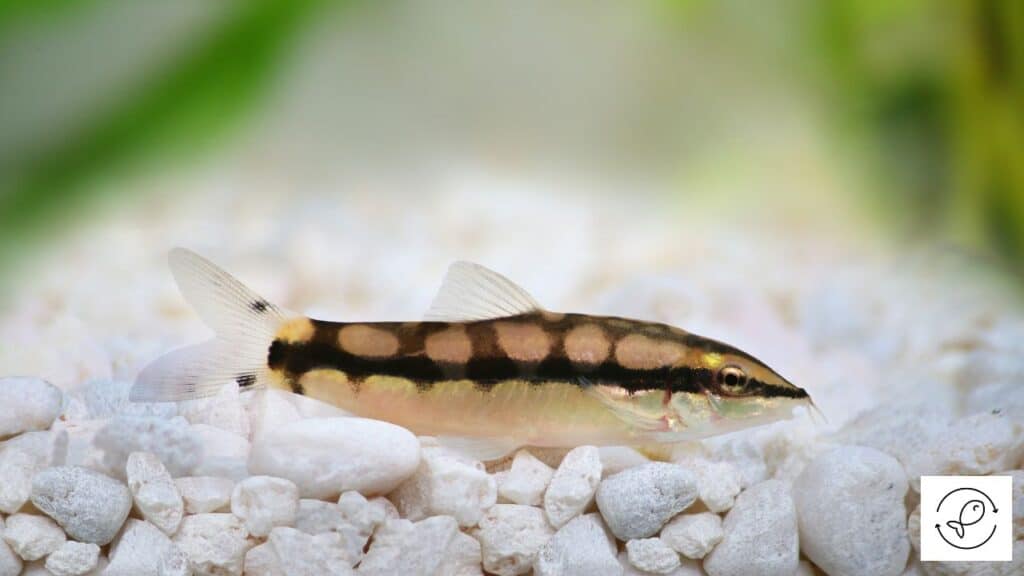
The dwarf loach inhabits the Mae Klong basin, including the Khwae Noi River in Thailand and the Ataran River on the Thai-Myanmar border.
These hardies can survive in varying water conditions and are good at eliminating snails and snail eggs from the aquarium.
The loach is an omnivore and eats insects, snails, and other invertebrates in its natural habitat.
So it’s obvious that the dwarf loach will eat tiny shrimp in the tank.
However, large shrimp species can be kept with a dwarf loach inside the tank by providing adequate cover for the shrimp to take shelter.
Dwarf Pufferfish
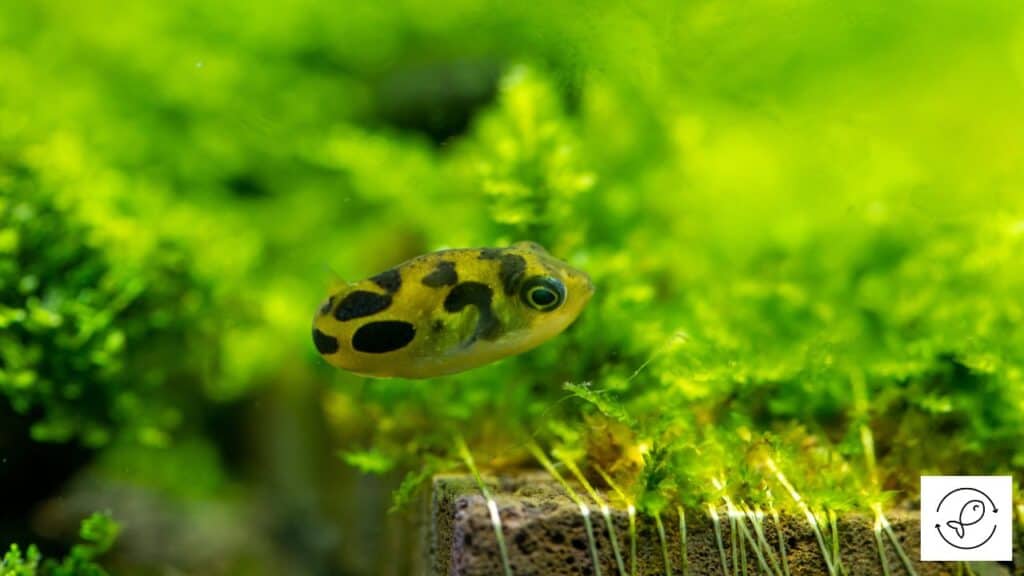
The dwarf or Malabar pufferfish is a freshwater fish native to Kerala and southern Karnataka in Southwest India.
Dwarf pufferfish inhabit heavily vegetated waterways and can often be seen in large groups.
They feed on small animals at the bottom of these water sources, like insect larvae, annelids, and crustaceans.
They are excellent at eliminating snail and snail eggs from the tank. These fish can easily coexist with shrimp in your fish tank.
However, it’s best to keep aquatic plants in the aquarium as a cover for the shrimp so that they feel safe and comfortable.
Goldfish
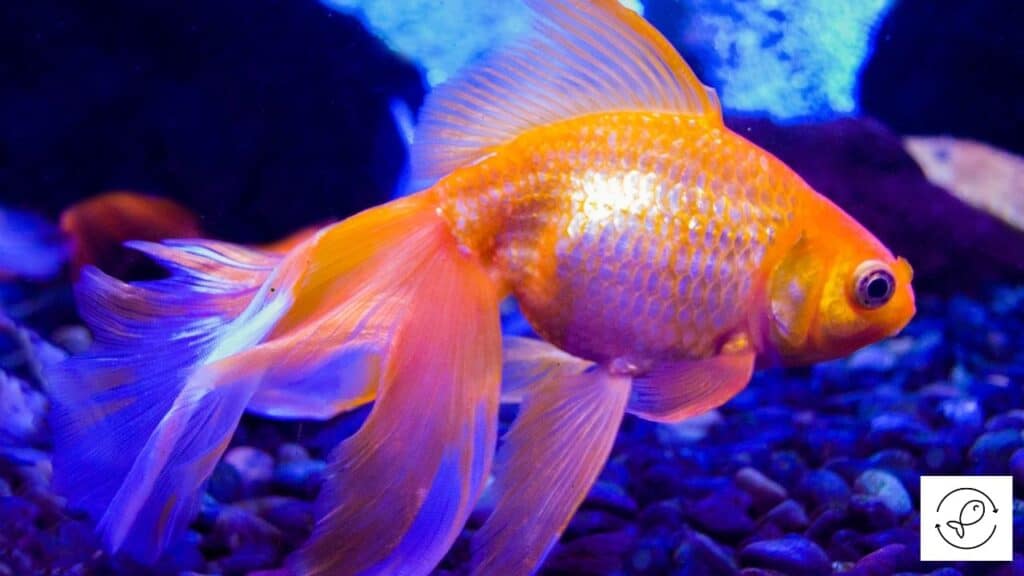
Goldfish belong to the carp family, are native to East Asia, and are closely associated with other decorative fish species such as koi.
Goldfish are omnivores, and these popular freshwater tank fish can eat anything that fits in their mouths, including snails.
Keeping goldfish and shrimp is possible by providing a lot of cover for your pet invertebrate.
Goldfish create a lot of waste, and shrimp are good at cleaning algae and waste from the aquarium.
They need similar water conditions, so try to create an environment conducive to both species for them to live in harmony.
Gouramis
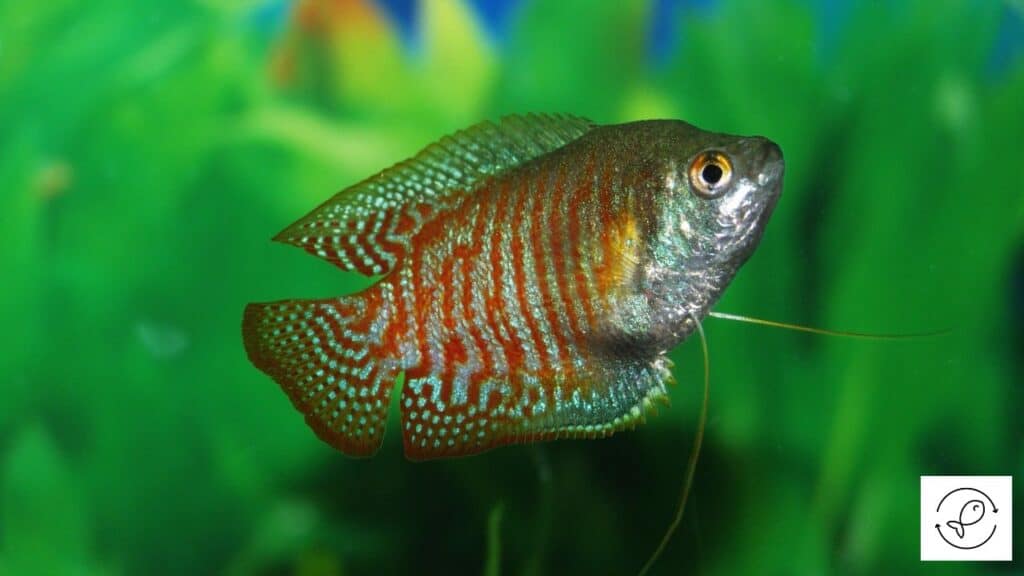
Gouramis are native to the tropical waters of India, Pakistan, and Bangladesh but can be found in the US, Colombia, and Singapore.
Gouramis are labyrinth fish with an appetite for snails and other invertebrates.
They won’t usually bother shrimp but may nip them if they get too close.
However, due to their large size, Amano and Ghost shrimp can do better with gouramis.
To ensure that shrimp can survive and breed, aquatic plants are necessary inside the aquarium.
These plants offer the best shelter and protection for your pet shrimp whenever they feel threatened.
Yoyo Loach
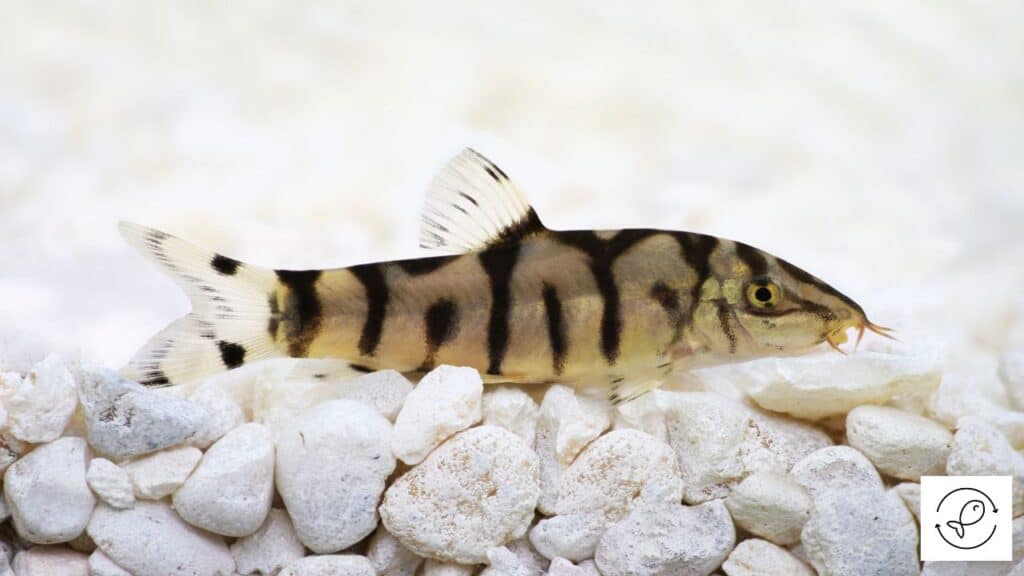
Yoyo loach is a freshwater fish that inhabits the slow-moving waters of the Ganges basin in northern India and Nepal.
These tropical fish are known to consume snails and can be a great addition to solving snail infestation in your home aquarium.
Yoyo loach will happily eat snails and other invertebrates in your aquarium.
They aren’t considered shrimp-safe as they can eat smaller shrimp species.
However, aquarists have kept them with larger shrimp species by providing adequate cover for the shrimp to seek refuge whenever they feel threatened.
Zebra Loach
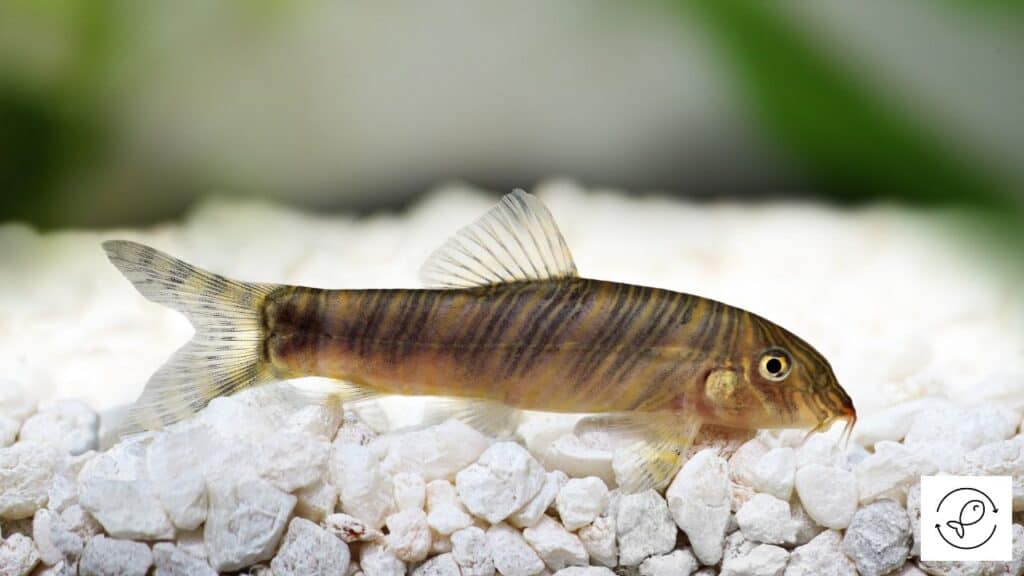
Zebra loach is a freshwater fish that inhabits the freshwater streams and rivers of the western ghats of India.
They inhabit slow-moving waters and feed on small invertebrates like snails, insect larvae, and crustaceans.
These fish are excellent at controlling the snail population in an aquarium.
They are also considered shrimp safe as they usually won’t bother the larger shrimp species.
However, give your shrimp plenty of places to hide and seek shelter inside the aquarium to ensure their safety.

